Tag: Things to do in Dharamsala & Mcleodganj
Dharamsala and Mcleodganj: Serenity and Spirituality
Nestled amidst the majestic Dhauladhar Range of Mountains, Dharamsala and McLeodganj are one of the most alluring destinations of Himachal Pradesh. A thick layer of cedar and deodar trees marvellously surrounds the entire town, which is divided into two distinct sections and separated by a 10km long twisting road at an average altitude of 1000m above sea level. The entire region is also known for a major stronghold of the Tibetan refugees here and as a home of His Holiness the 14th Dalai Lama of the Tibetan sect of Buddhism. McLeodganj town is named after Donald McLeod, the Lieutenant Governor of Punjab in 1850s. The earthquake of 1905 completely devastated this part of the Kangra Valley, until the Dalai Lama made it his home in 1960s and the town rose above the obscurity and negligence. Since then, McLeodganj has seen a lot of changes and progress and now it has become a major tourist attraction in India.
Besides being a hub of the various Tibetan cultural activities, this town is situated at the upper parts of the picturesque Kangra Valley and surrounded by enormous greenery. All these factors make this town a hugely popular tourist attraction among the Indians and the foreign tourists. Tourists flock to this town, not only to spend a quality time amidst tranquil hills and valleys, but also to take courses in Buddhism and yoga, and to volunteer in many activities with the Tibetan community. Let us talk about the major attractions of these two places:
Tsuglagkhang Complex
Situated near the McLeod Square – this is the biggest Tibetan monastery outside Tibet. Tourists visit this place especially to attend sermons delivering sessions by the Dalai Lama. In fact, his residence is inside the premises of this splendid temple. One can experience the ultimate serenity and peace of mind, amidst the sounds of holy chants, which are part of the daily chores here. There are a series of spot pillars at the entrance of this monastery, which are dedicated to the Tibetan martyrs.
Dharamkot
This small and old-world village is located on the north of McLeodganj. There are many upbeat cafes, yoga retreats and Ayurvedic massage centres in this village. However, most importantly, this village offers a stunning view of the Kangra Valley. Many tourists come to this village to enrol themselves in the hugely popular Vipassana meditation centre.
The Kangra Art Museum
The Kangra Valley has a rich past and this museum is dedicated to that. There are many artefacts on display, dating back to the 5th Century AD. This museum has a big library, a glorious collection of sculptures and anthropological items and some famous paintings. Besides these, there are many local dresses and shamiyanas on display, which were once used by the royal family. Interestingly, there is a section in this museum, which is dedicated to the contemporary artists and photographers.
Masrur
The Masroor Rock Cut Temple or Masrur temple is also known as the Himalayan Pyramid. It is an elaborate complex of buildings, which is popular for various rock-cut temples, created in the 8th century AD. The carvings of these temples are quite similar to the ones, which are found in Ellora caves in Maharashtra, based on the Indo-Aryan architectural style. There is a pond in front of the buildings, which shows some stunning reflections of these temples. These temples contain the images of the popular Hindu deities like Lord Rama, Sita and Lakshamana.
Dip Tse Chok Ling Monastery
The very location of the Dip Tse Chok Ling Monastery is stunning, as it is placed beautifully on a steep hillside with the view of the valley in the backdrop. Actually, it is a small temple which has a huge statue of the Lord Buddha in it. Visitors come to this temple to talk to the monks, who deliver sermons on Buddhism and various aspects of life.
Kangra Fort
It was the residence of the Katoch rulers of Kangra, one of the oldest existing dynasties in India. The Katoch rulers belong to the lineage of the Trigata rulers, mentioned in the legendary Hindu epic of Mahabharata. This massive fort complex has many watchtowers and detailed halls along with various temples, built in the 9th century AD.
The Dal Lake of Dharamsala
This lake is situated near the village of Tota Rani near Dharamsala. The name “Dal Lake’ is actually taken from the popular Dal Lake of Kashmir. In fact, it resembles that lake at Kashmir and surrounded by deodar and juniper trees. A magnificent annual fair is organised every year near the Kali temple here at the vicinity of this lake. The greenish water of this lake is also a home to different kinds of colourful fishes.
HPCA Cricket Ground
Set against the backdrop of the mesmerising snow clad mountains of the Dhauladhar range, the Himachal Pradesh Cricket Association Stadium is the fourth-highest stadium in the world, as it is located at an altitude of 1,457m. Though, it is smaller than most of the cricket stadiums in India, this venue offers an incredible experience to spectators to enjoy cricket against such a stunning backdrop, filled with mountains and a canopy of green meadows and Deodar forests.
The Namgyal Monastery
The Namgyal Monastery was established in 1575 Tibet by the second Dalai Lama, Gendun Gyatso. The main purpose of this monastery is to assist the Dalai Lamas in various public religious affairs. This monastery was relocated to Dharamsala, following the Chinese invasion of Tibet in 1959. It is one of the esteemed centres of learning for the Tibetan population in Dharamsala and also a home to around 200 Tibetan monks. This place presents a unique blend of Tibetan and Kangra Valley culture.
Bhagsu Waterfall
It is a popular spot for picnics and recreation in Dharamsala. The Bhagsu Waterfall is located about 500 metres away from the Bhagsunath Temple. This waterfall turns into a majestic 30-feet cascade during monsoon.
How to reach
By Air:
Fly from Delhi to Gaggal, a town near McLeod Ganj. Gaggal Airport is about 20 kilometres away from McLeod Ganj, and it takes about 45 minutes by taxi to reach the town. McLeodganj is situated 5km away from Dharamsala.
By Train:
Board a train from Delhi to Pathankot. Dharamsala is a two-and-a-half hour journey via road from Pathankot.




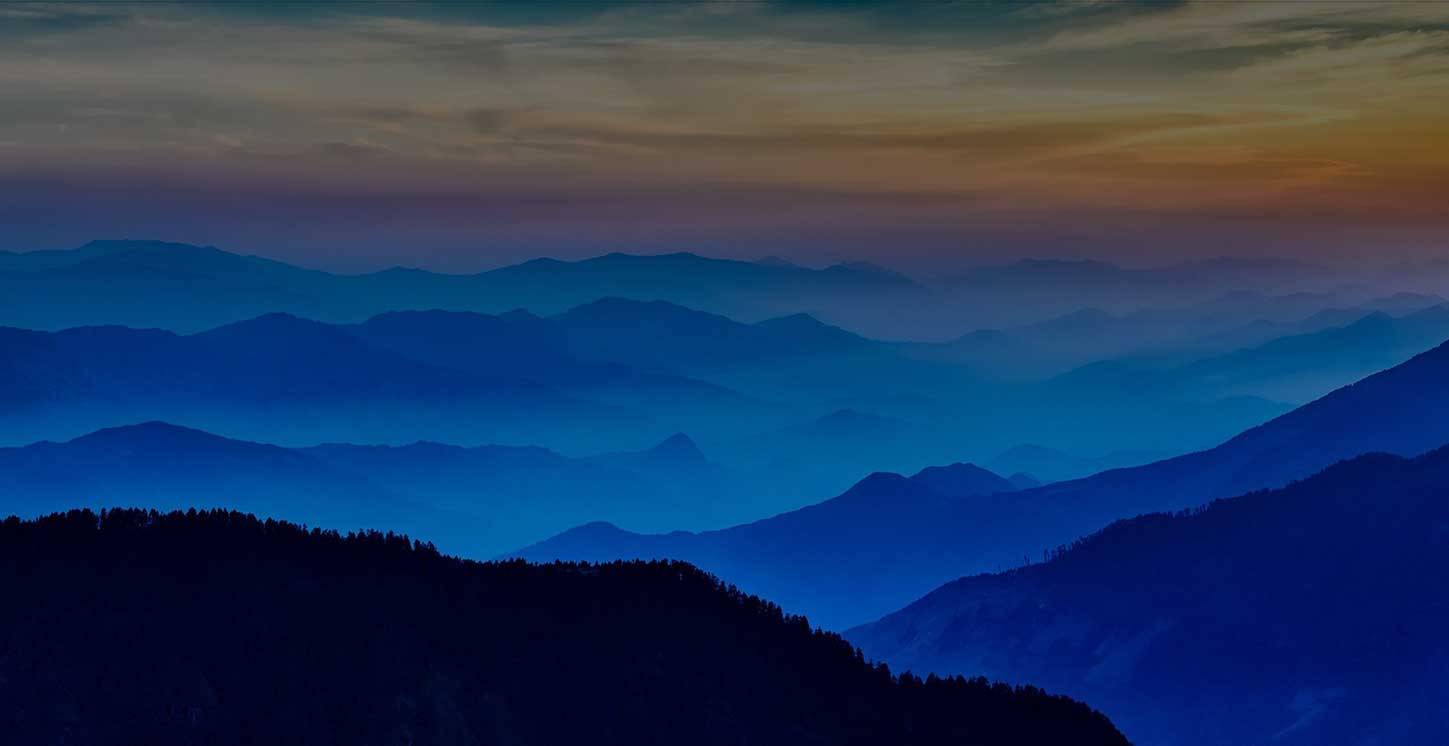
 +1-(765)-586-1210
+1-(765)-586-1210 +44-2030-2689-44
+44-2030-2689-44 +91 124 4361906
+91 124 4361906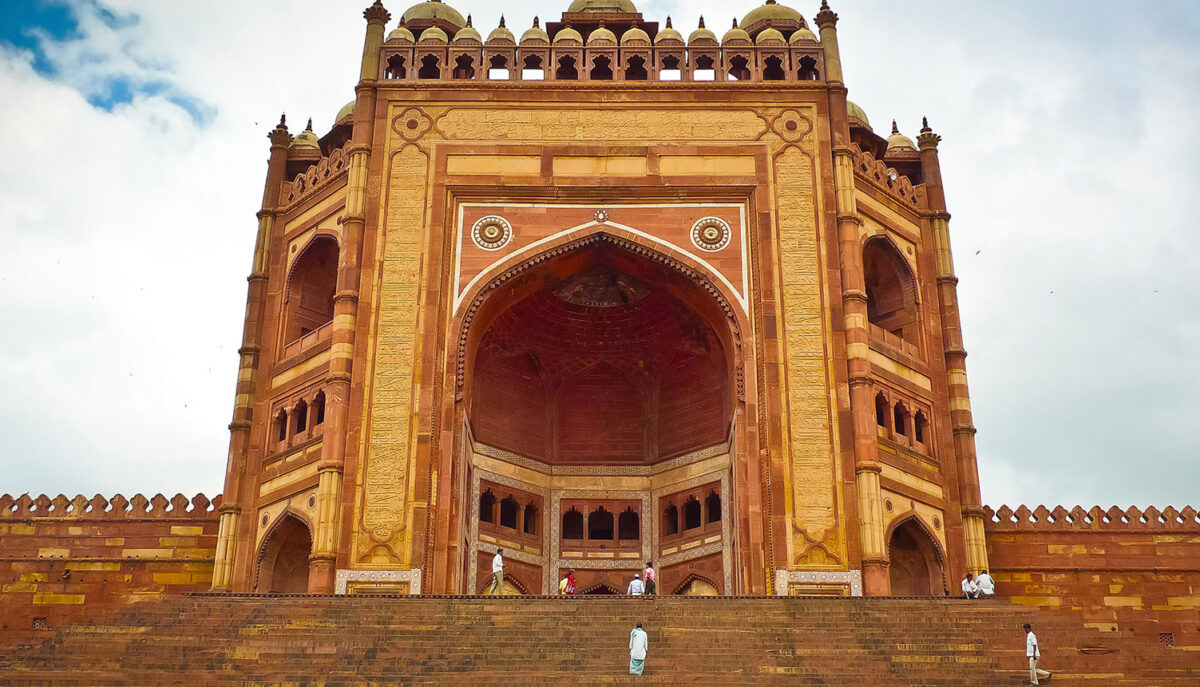
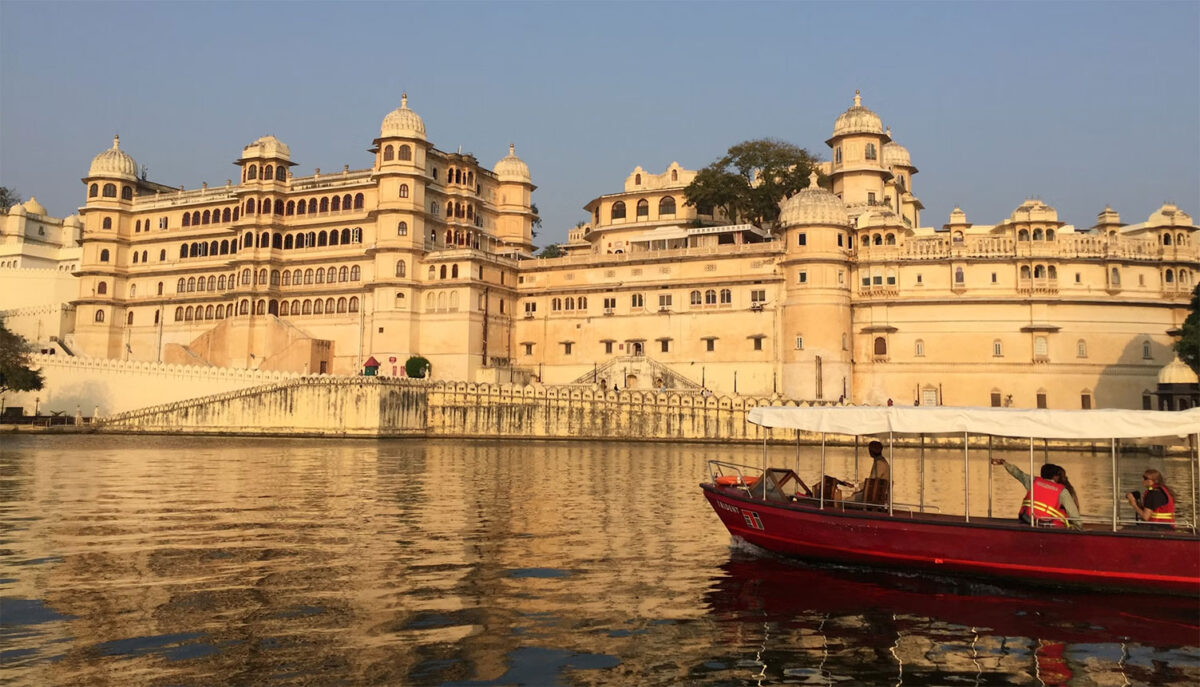

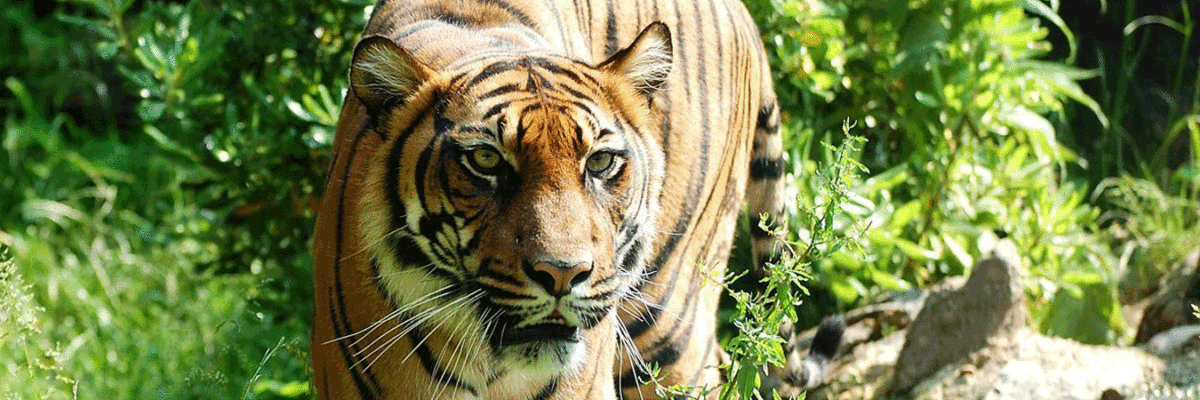
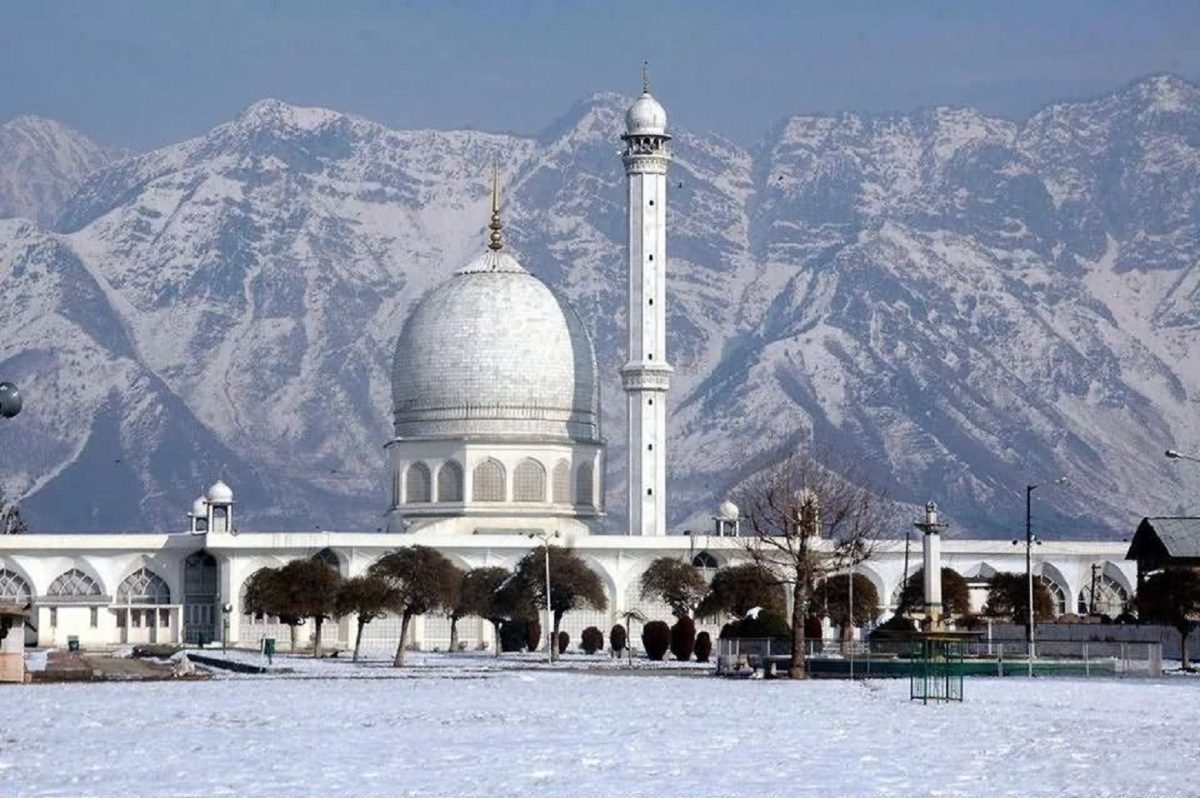
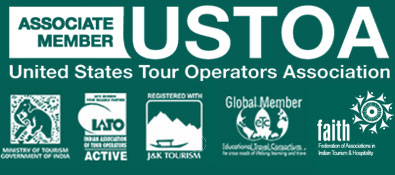

 +1-(765)-586-1210
+1-(765)-586-1210 +44-2030-2689-44
+44-2030-2689-44
